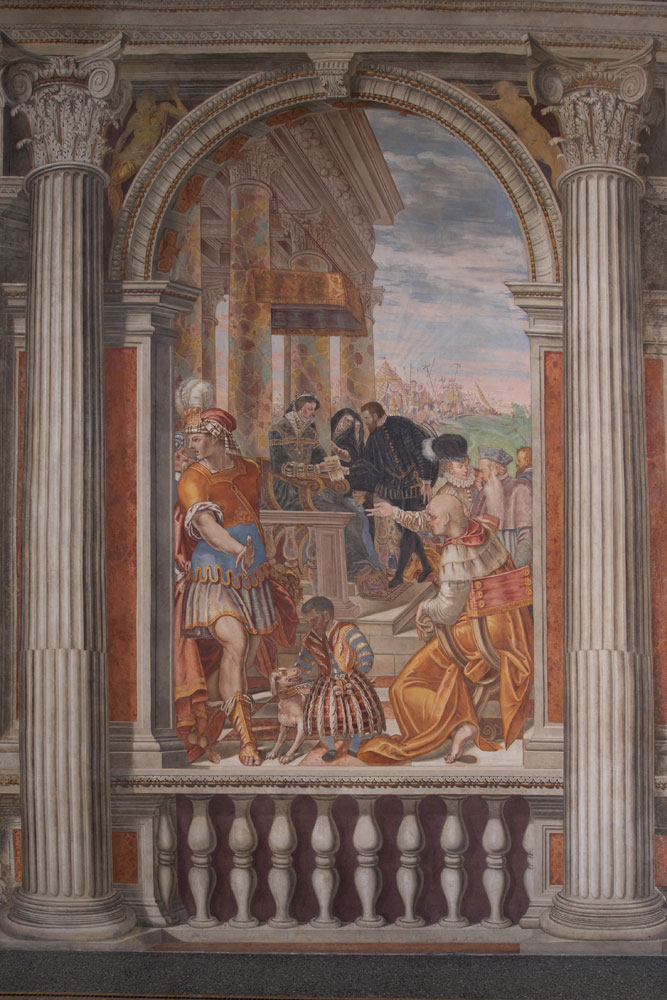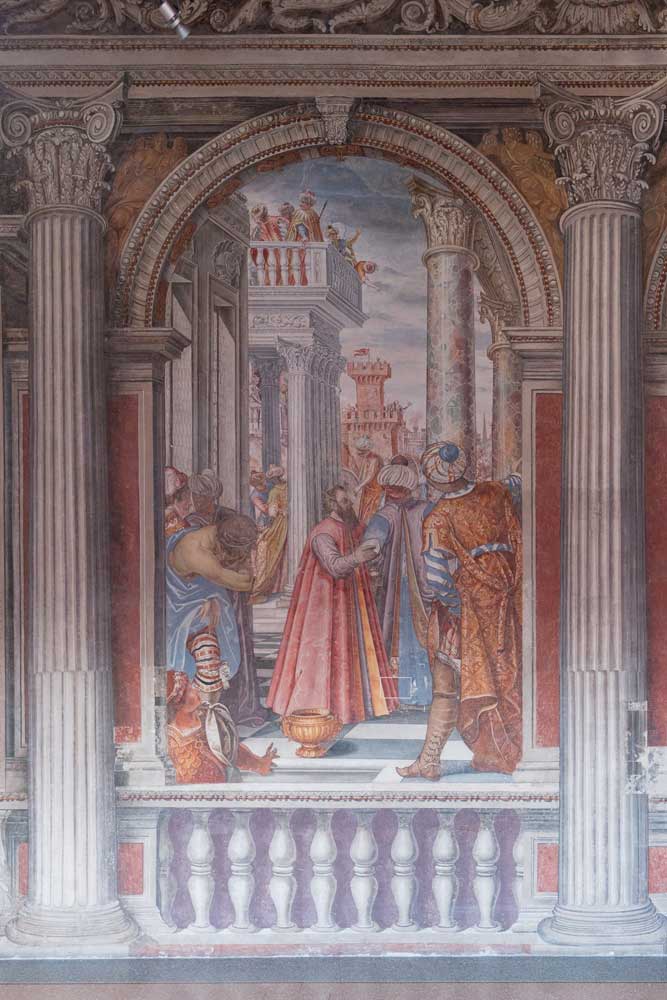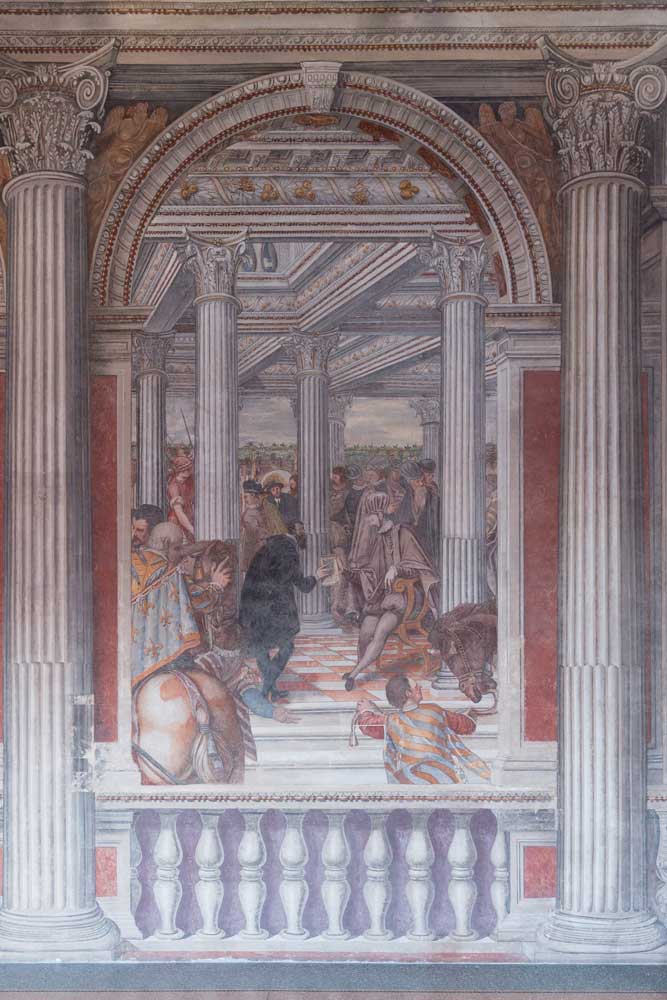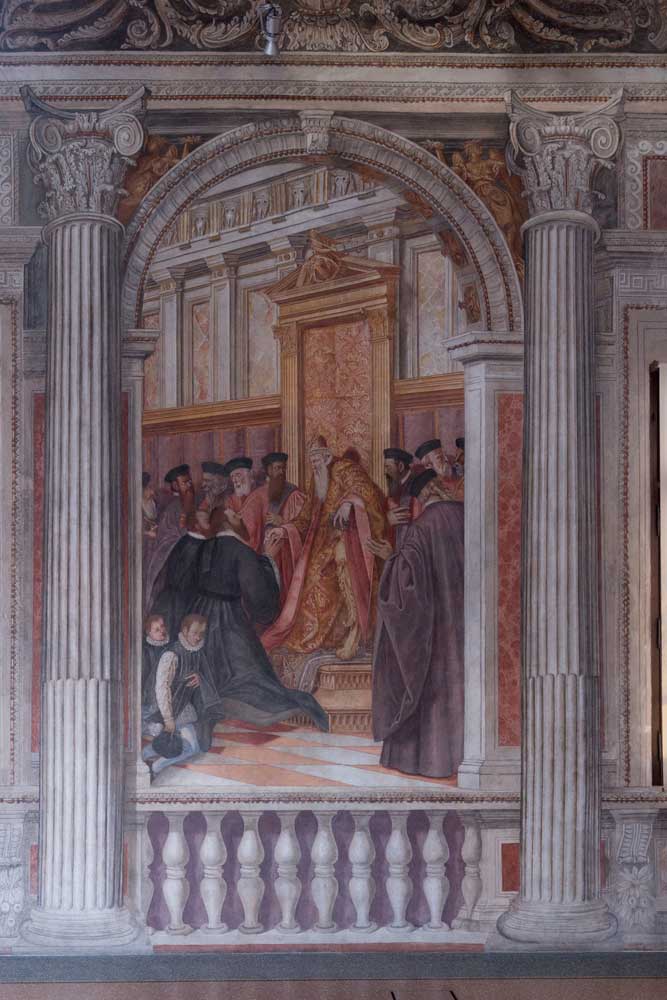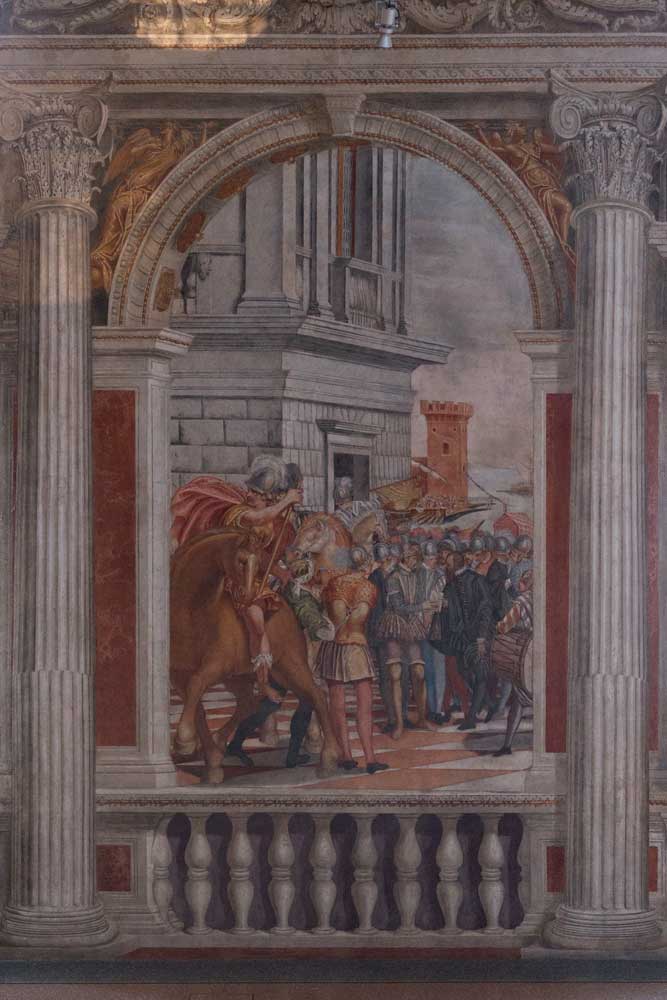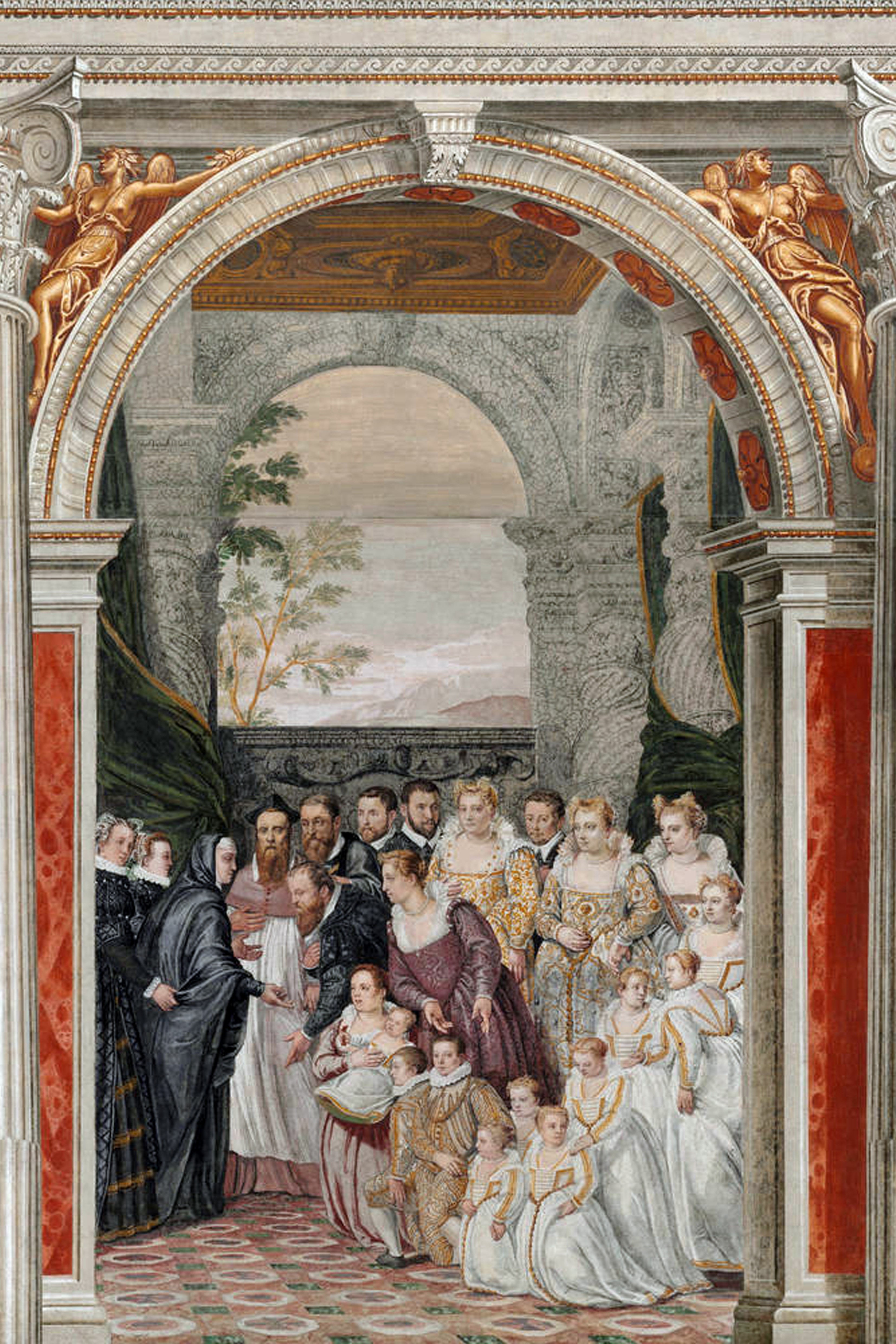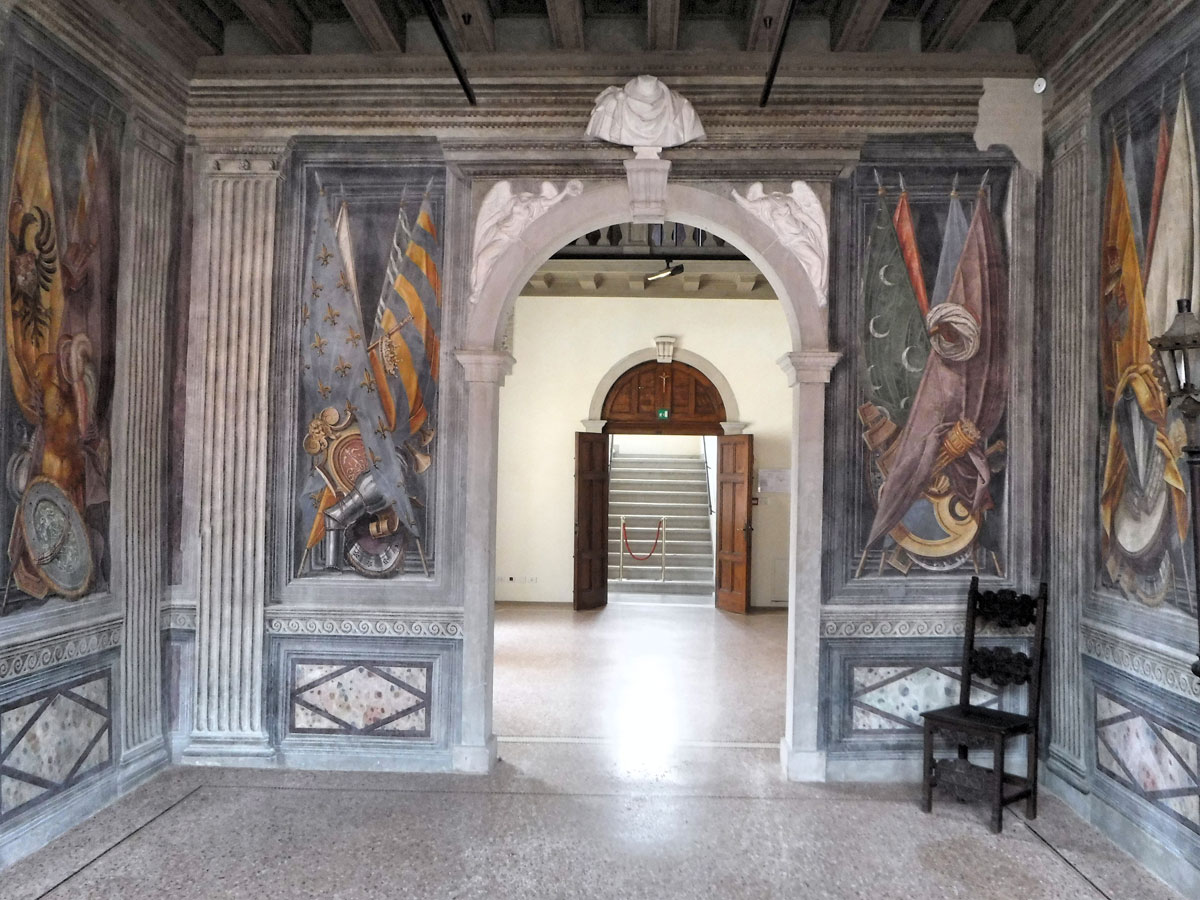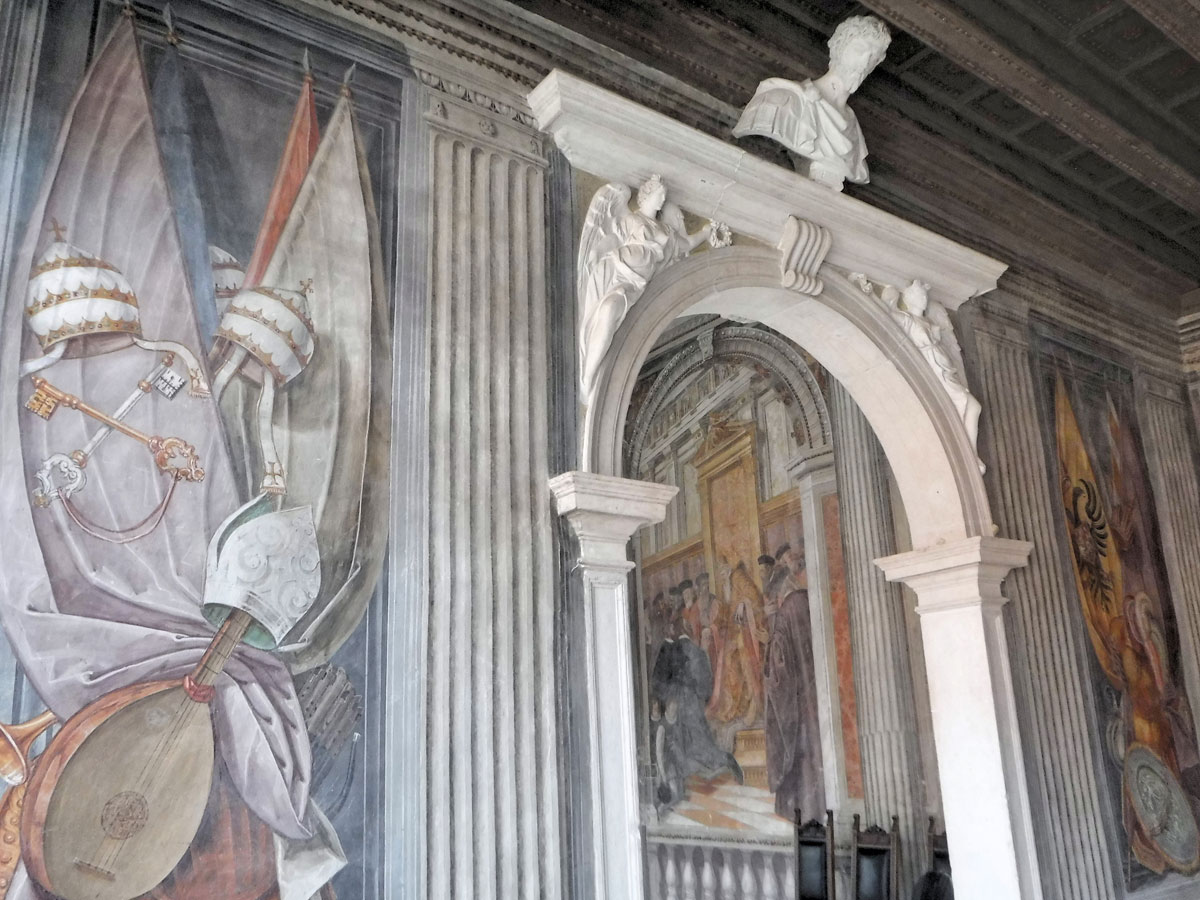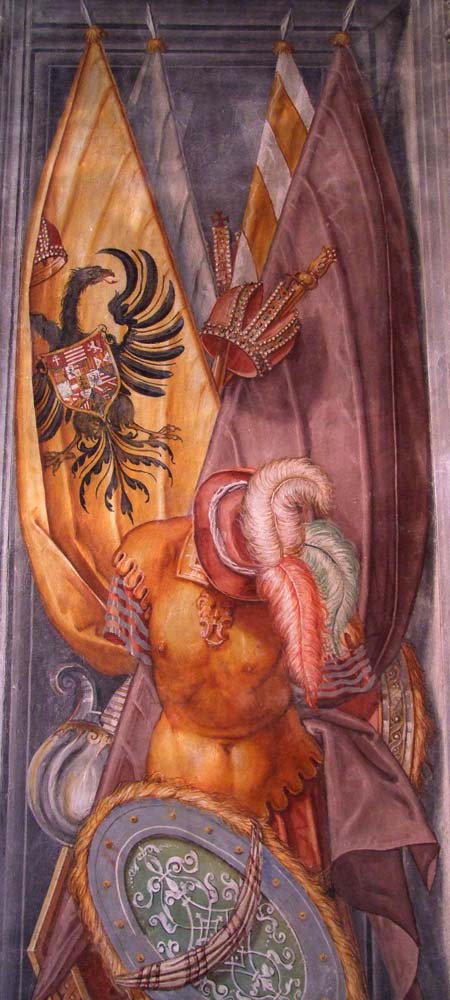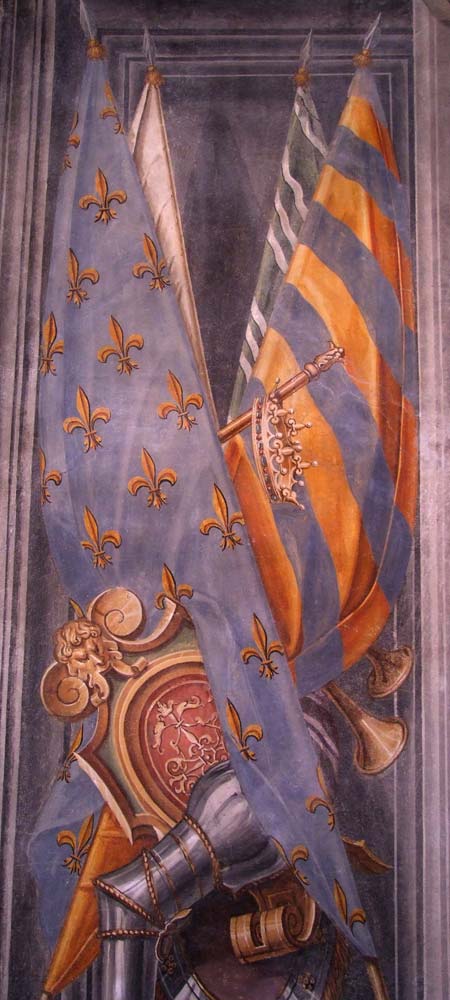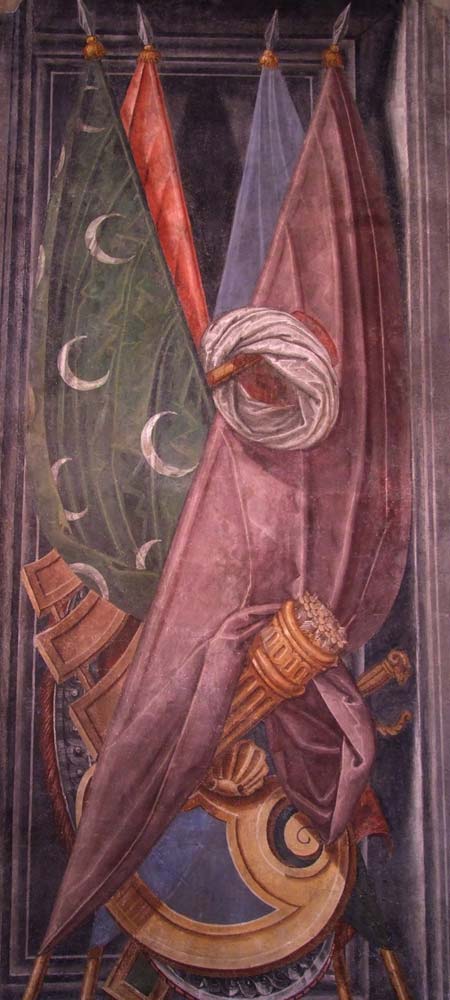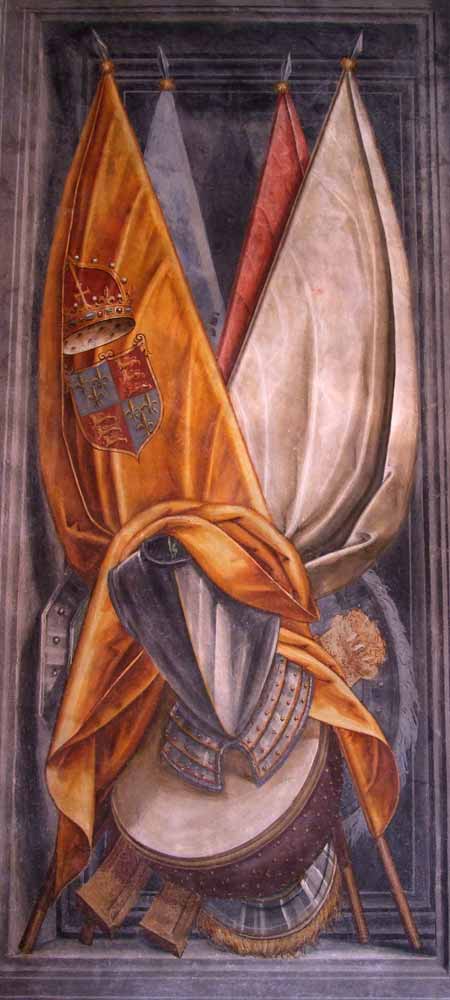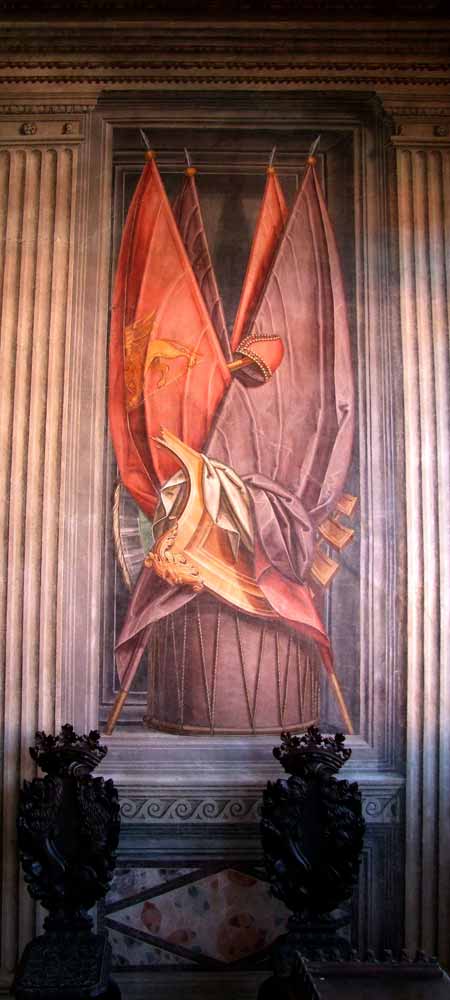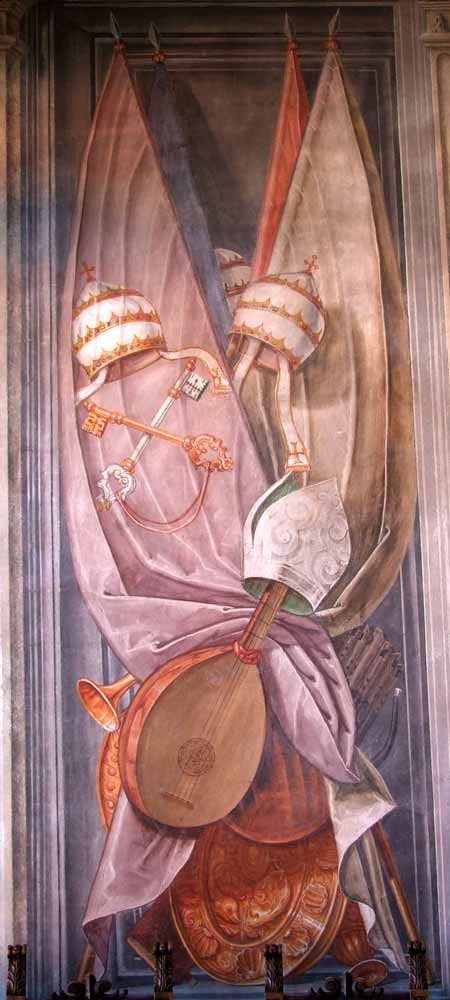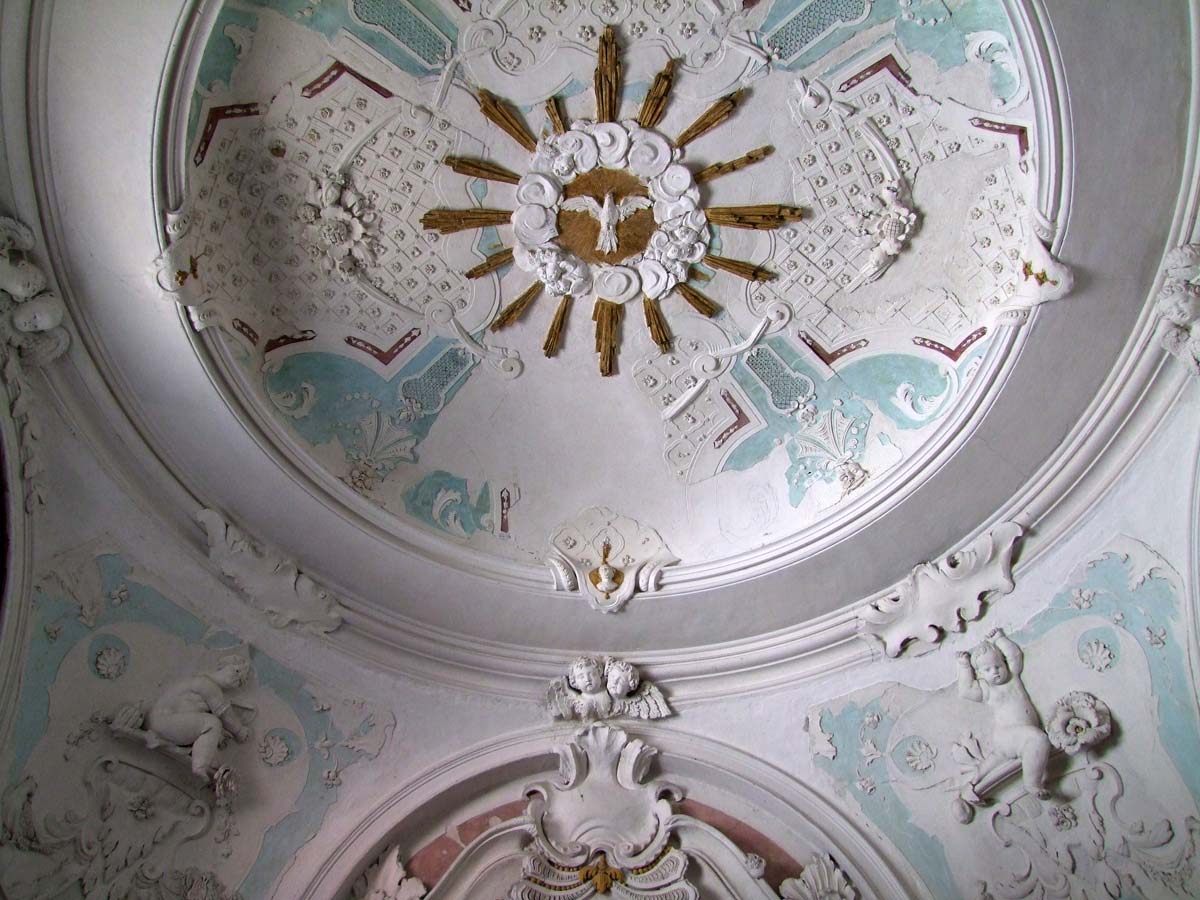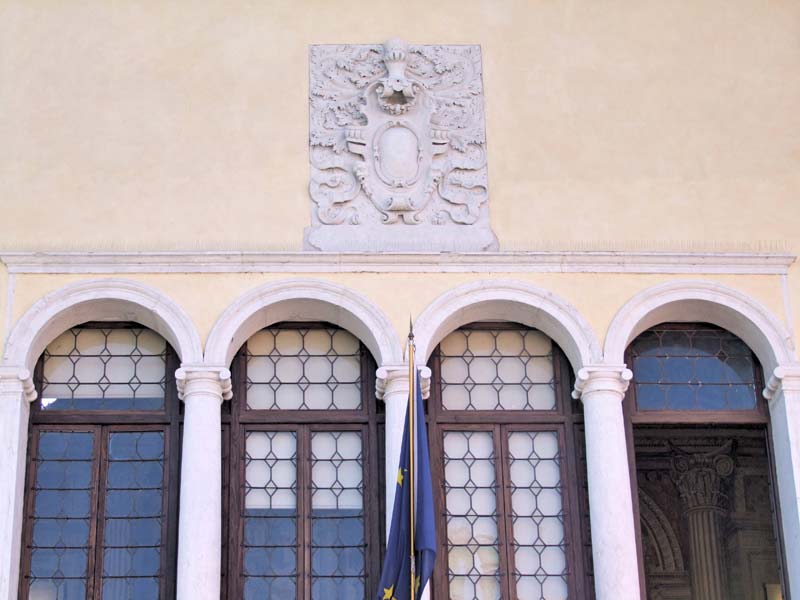Palazzo Ragazzoni is the symbol of Sacile and of its bond with the Republic of Venice, and is the ultimate representation of 16th-century splendour. It is also known as “the place of delights” for its abundance and luxury, and acted as a reference for Kings, Popes and Emperors.
An elegant architectural structure, named after the last families who lived in it, Palazzo Ragazzoni is the best representation of Sacile’s rich past. It was built upon a previous 15th-century building in the second half of the 16th century. Its redevelopment was fostered by the illustrious Ragazzoni family, Venetian ship-owners and merchants. The strongest will was that of Giacomo Ragazzoni, who had settled in Sacile to strengthen his family’s land-holdings. Giacomo Ragazzoni hosted Henry III of Valois, son of Catherine de’ Medici: the event was among the most spectacular in the Republic of Venice, with Giacomo Ragazzoni welcoming hundreds of illustrious guests and offering music and dances. Giacomo Ragazzoni also hosted the Empress Mary of Austria, daughter of Charles V and widow of Maximilian of Habsburg, who later sent many words of appreciation for the hospitality. Close to the building, a plaque marks her visit.
The ancient architectural design is still visible although only in its central parts, with their precious façades: the facade looking onto Viale Zancanaro features a triple-arched window and a luminous four-arched window with columned balustrades and 17th-century-style friezes, whereas the facade looking on to the river Livenza features a five-arched window with a sill at the height of the noble floor and bears traces of the shootings by the division of the Italian army IV Battaglione Bersaglieri, who fought to defend the city on 6th and 7th November 1917.
The main courtyard shows the remains of 12 stucco statues from the school of Alessandro Vittoria (1525-1608). On the inside, splendid frescoes were created by the famous Mannerist painter Francesco Montemezzano, an artist from the school of Veronese, at the end of the 16th century. The evocative pictorial cycle consists of six large scenes enclosed in exquisite decorative patterns and shows the glory of the Ragazzoni brothers, Giacomo and Placido, with the rulers of the time: Mary Tudor, Philip II of Spain husband of Mary Tudor and brother of the Empress Mary of Austria, Henry III of France, Mary of Austria, the Doge Sebastiano Venier and the Grand Vizir of Constantinople. As a result of reductions in the building’s structure, the salon is adjacent to a private chapel with precious stucco decorations from the early 18th century depicting cherubs and floral patterns. The frescoed salon opens onto the building’s East Wing, which has just been refurbished. To reach it, it is necessary to walk through Saletta della Bandiere (Hall of Flags), an exquisite room completely covered in frescoes representing the symbols and flags of the nations related to the Ragazzoni family. “Salone d’Onore” (Salon of Honour) is located to its left: this majestic ballroom is characterized by a wooden walkway which preserves part of the walls of the upper floor, which are decorated with mythological and allegorical figures. On its shorter side, the Salon is lit by a suggestive five-arched window. It also hosts a beautiful, ornate wooden ceiling. The most distinguished guests to visit this building, which was later acquired by the Venetian Flangini family, were Pope Pius VI (1782) and Napoleon Bonaparte (1797). Since 1936, by order of the last Lacchin heirs, Palazzo Ragazzoni belongs to the City Council, hosting important cultural and tourist events.


